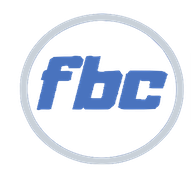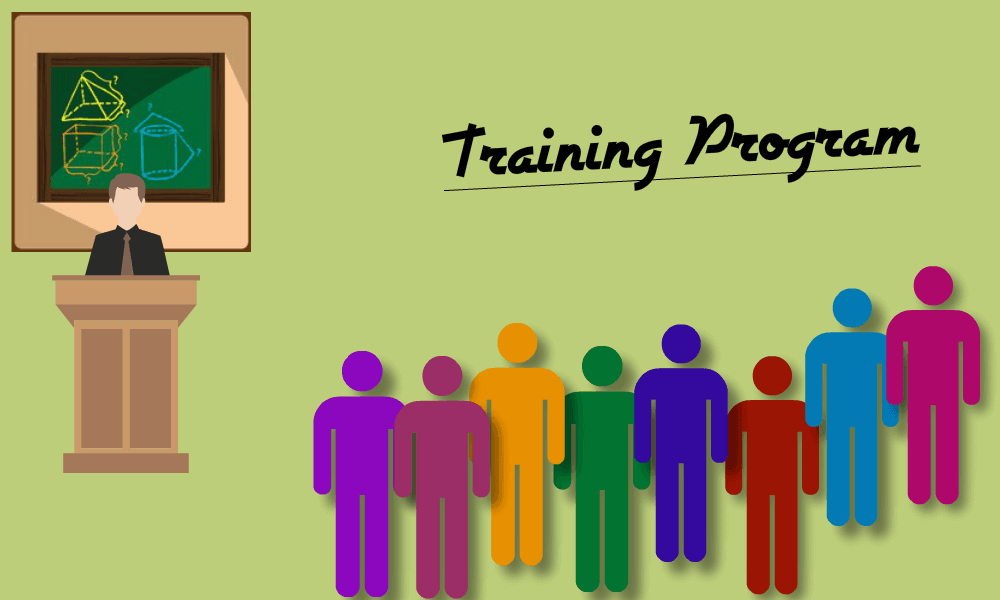1. Effective Program Management
A high-quality training program starts with a person, with a champion. We’ll call this person the program manager. In some organizations, this person might be the training and development manager, learning and development specialist, or training coordinator. Regardless of job title, this person is the one who manages training.
Program managers are responsible for planning and executing all training initiatives within an organization. An ideal training program manager is inherently curious, open-minded, motivated, and invested in developing employees’ skills to help them reach their potential. They are committed to learning and are constantly working to improve their own skills and competencies.
Additionally, this person is usually tasked with marketing the training program internally, so that employees are aware of development opportunities. Other important skills include problem-solving, business acumen and leadership skills.
2. Needs Assessment
In getting started, the program manager must be able to identify the needs of an organization. This is where curiosity comes into play – they must take time to understand the past, present and future direction. A needs assessment can be conducted through research, interviews and internal surveys.
At the core of any effective training program is correctly identifying who needs to be trained, and on what skills or topics.
A training need” is the gap between current performance and the required performance. For example, if you find that you have unsatisfied customers, there might be a need for customer service training for your sales team.
3. Alignment
Once needs are identified, they must be aligned with organizational initiatives. The program manager should build a curriculum to address problems in the organization and support business goals. By following this model, employees will be more likely to understand the training and it will be supported by managers and leaders.
The impact to the organization is the critical piece. No one wants to do something just to do it – you must have a purpose.
When linking training to organizational strategy, you will be able to easily identify the above or bottom line indicators – are you saving the company money or making the company money?
4. Goals and Metrics
Training is an area that can be difficult to quantify. However, when the program manager is able to determine organizational needs that are aligned with the business, quantifying training becomes much easier.
5. Leadership Buy-in
One of the keys to a successful training and development program, and possibly the most important, is leadership buy-in from the top down. Having leadership support helps drive the importance of a program, assist with accountability, and establish appropriate expectations.
Leadership buy-in is more easily obtained when the program manager has been able to identify the needs of the organization, align them to the business and develop formalized goals and metrics that will provide results.
Senior leaders will want to know how the training program can impact the bottom line, so be prepared to talk about this when you present your ideas.
6. Relevancy
Providing relevant training content is key to a good training program, to ensure your learners are engaged and continue to come back for more.
The modern learner today is distracted, overwhelmed and has little time to spare.
The content you present to your employees must be applicable and timely to help them with their daily duties, expand their mind, and provide them with quick takeaways that can immediately be applied.
7. Creativity
I have found over the years that programs that have some type of creative hook are viewed as more valuable to the organization.
Creativity can start with a program launch that has a theme – it can be as simple as a corporate university or college layout.
Branding the training initiative with a logo or mascot can add a level of fun and familiarity as the program continues. Other creative ploys could include seasonal themes and contests.
8. Marketing and Communication
Having a marketing strategy is an integral part of your implementation and an essential component of a successful learning and development program. A successful marketing plan includes not only initial launch activities but also strong ongoing efforts throughout the program.
As you build your plan, remember to keep your program goals and success factors at the forefront of your decision-making, and tie the activities into these goals.
Any communication sent out to employees should include not only an overview and clearly defined expectations, but also show an employee what’s in it for them. You must provide a “why” behind every part of the training. Your goal is to use marketing tactics to increase the utilization of your training program.
9. Post-Training Reinforcement
Many organizations spend thousands of dollars per year on employee training, only to discover that employees are not applying new concepts. Source:https://www.bizlibrary.com/article/employee-training-9-characteristics-of-top-programs/








